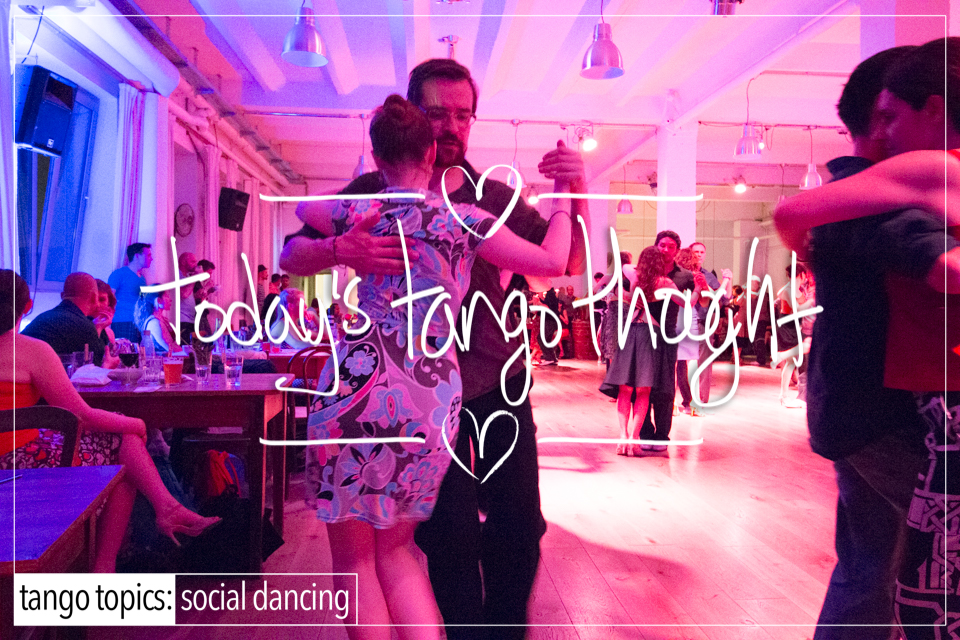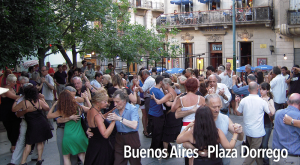You say the words, “I want to get better”. You mouth them as you watch the latest performance tango video on youtube. While at the same time, the thought flashes in your mind that you should schedule a private or two with X. ‘X’ being the local variant that teaches what you ‘believe in’. This teacher is also the one that you have gone to before and from your perspective has ‘helped’ you.
However, if you stop right there and ask yourself a question, one that if you’re brave enough, does require a fair amount of readiness to hear. This is something that you have long suspected but either weren’t ready to hear, or didn’t want to believe. The question ? “Am I getting any more dances than I used to get and with better dancers”
More than likely the answer to that question is a “no”. And what follows is the hard part — you have not improved in the only measure that really matters: Better dances with better dance partners, consistantly. There is an indirect correlation between improvement and better dances with better dancers. And that indirect correlation consists of 1.) Removing Your Tango Baggage. 2.) Cleaning up your Technique. 3.) Individual or Solo Practice. Private dance practice with one person. Public practica.
You want to believe that you’ve worked hard, which may or may not be true.
You want to believe that your money was well spent. Again, may or may not be true.
You want to believe that said teacher ‘helped’ you. “Help” in this instance is very relative.
You want to believe so badly in the fact that you’re better than you were.
Ahem….Ummmm….not.
The reality is that more than likely you suffer from a version of Tango Baggage Syndrome, and that all the private lessons in the world are not going to change that at any time in the near or late future. Let’s put this another way, continuing to dance with the same people expecting different results is the very definition of insanity. 😉
While at the same time, you more than likely have a host of problems that your teacher hasn’t pointed out to you either because they’re unaware of it, or they don’t want to offend you with a long laundry list, or that you’re not ready to hear even though you keep mouthing the words “I want to improve!“. To be clear, this isn’t about perfectionism, it’s not about performing, it’s not about dancing with technique. It IS about cleaning up your issues to the point where those things do not mar the dancing experience for either you or your partner. Which translates as more ‘fun’ than you ever thought possible can be had at a Milonga. A greater number of teachers don’t talk about this stuff because it means telling their students things they don’t want to hear, furthermore doing so would alienate those students, and make them feel bad about themselves as dancers. And we wouldn’t want that, now would we ? Nooooo. Of course not. So rather than say something that will improve the quality of the student’s dance, they’ll keep filling them up with platitudes. “You’re doing fabulous….” and then the lie of ‘improvement’ has been carried on into the next private lesson and so on and so on.











